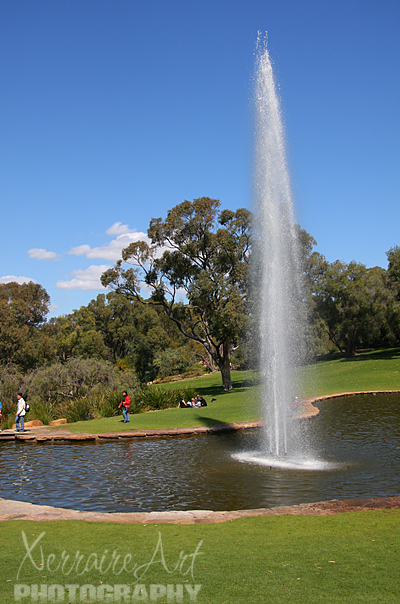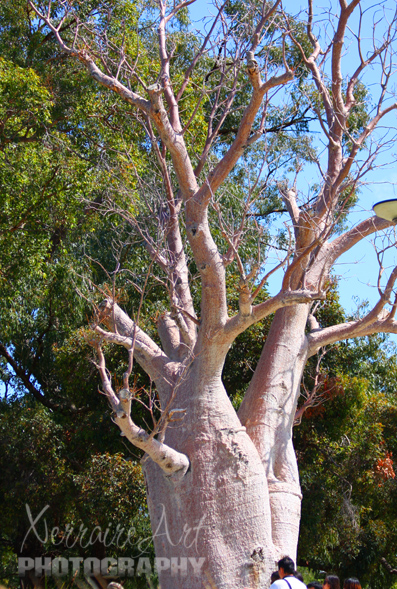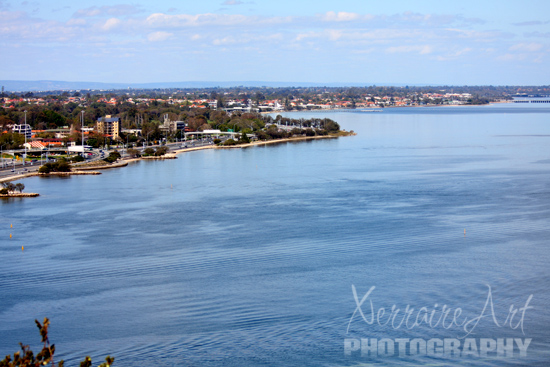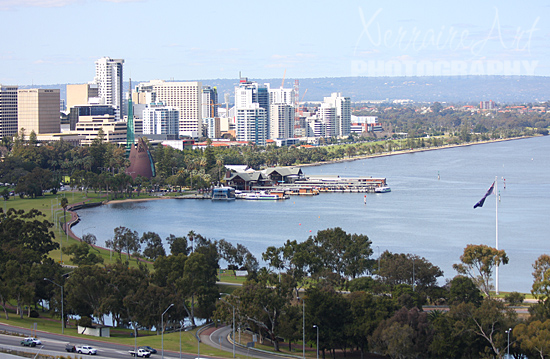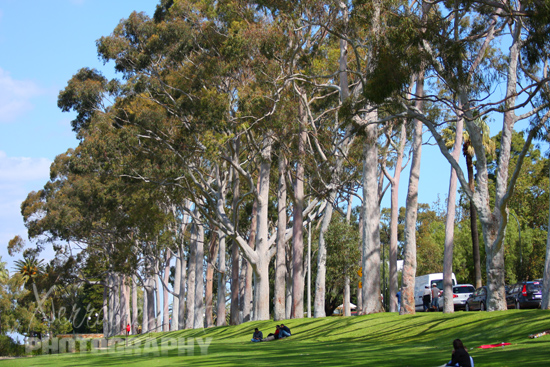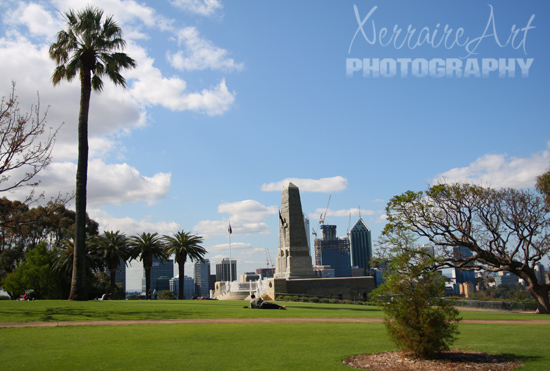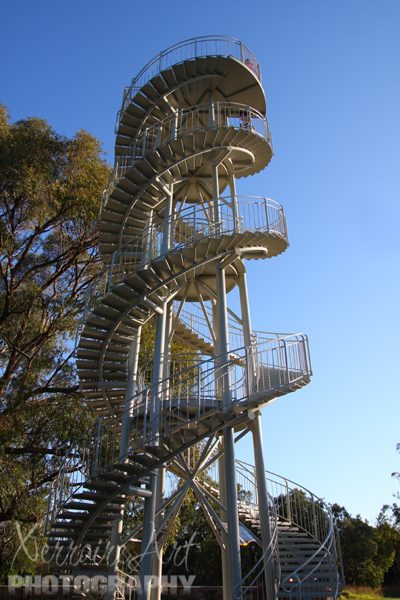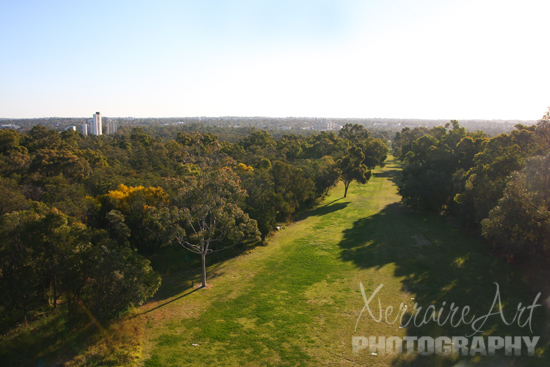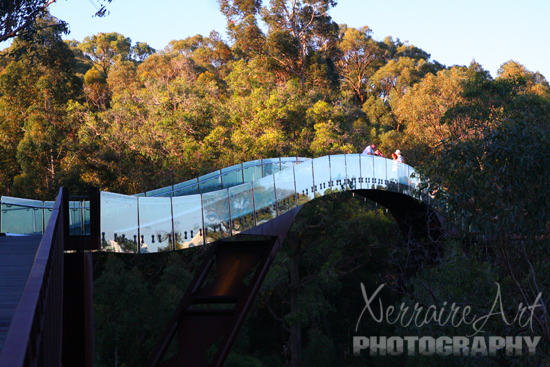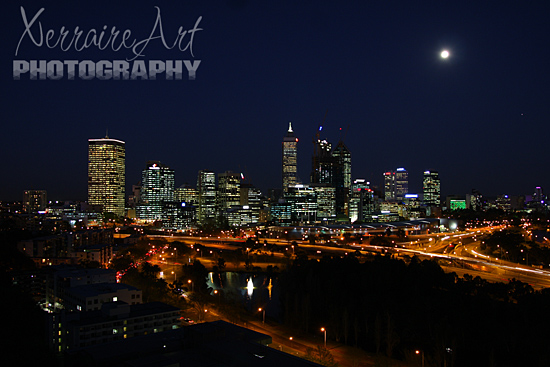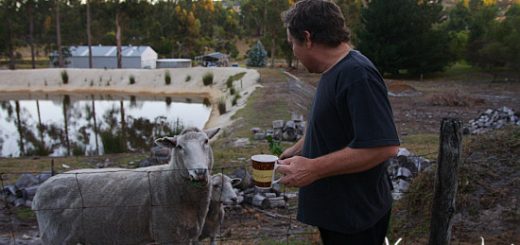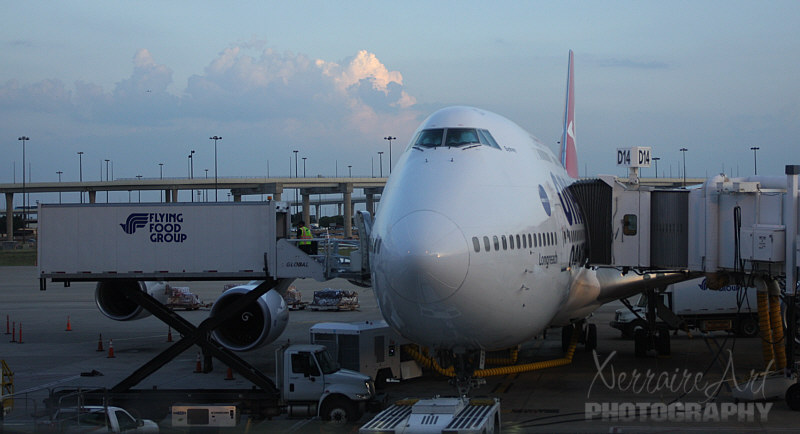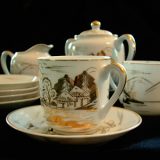Kings Park
Kings Park is a 4.06-square-kilometre (1,003-acre) park located on the western edge of Perth, Western Australia central business district. The park is a mixture of grassed parkland, botanical gardens and natural bushland on Mount Eliza with two thirds of the grounds conserved as native bushland. With panoramic views of the Swan River and Darling Range, it is home to over 300 native plant varieties and 80 bird species. It overlooks the city as well as Perth Water and Melville Water on the Swan River.
In 1872 it became the first park to be designated for public use in Australia. It is the largest inner city park in the world and the most popular visitor destination in Western Australia, being visited by over five million people each year. The park is larger than New York’s Central Park which is 3.41 km².
Besides tourist facilities Kings Park contains the State War Memorial, the Royal Kings Park Tennis club and a reservoir. The streets are tree lined with individual plaques dedicated by family members to Western Australian service men and women who died in World War I and World War II.
During September of each year Kings Park hosts Australia’s largest wildflower show and exhibition – the Kings Park Festival.
We made a few visits to Kings Park while in Australia, one being the flower show.
Here is an ancient boab tree after it was driven thousands of kilometres with a police escort to save it from destruction.
A road widening scheme meant the tree, estimated to be 750 years old, had to be uprooted 3200 kilometres from its home in Warmun, in the Kimberley region, to Perth’s Kings Park. The bottle-shaped tree can live for up to 2000 years, weighs 36 tonnes, stands 14 metres high and is 2.5 metres in diameter.
Kings Park offers many views of Perth and the River
Built on the highest point of the park in 1966, the DNA Tower is a white 15m high double helix staircase that has 101 steps and was inspired by a double staircase in a Chateau at Blois in France. Its design resembles the deoxyribonucleic acid (DNA) molecule. The paving below the DNA Tower is made with stones sent from 11 towns and 80 shires in Western Australia

